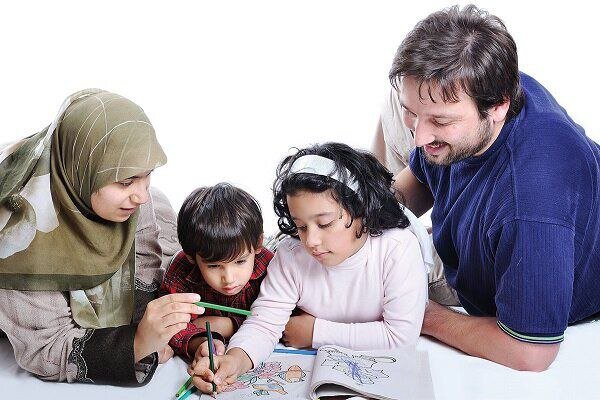Tehran – National Population Week will be observed from May 14th to 20th under the theme of “Children, Life Assets.”
The days of the week are named as follows: Wednesday, May 14th, “Father, Mother, Feelings of Goodwill.” Thursday, May 15th, “Motherhood, Elixir of Young People.” Friday, May 16th, “Want a Child”; Saturday, May 17th, “My Lonely Child”; Sunday, May 18th, “I Want to Live.” Monday, May 19th, “My Old Age.” Tuesday, May 20th, “Child-Friendly Society.”
The Youth Population Act stabilizes total fertility rates
The enactment of the Youth Population Act has stabilized total fertility rates and has seen a slight increase in the general fertility index over the past two years.
According to the IRNA, after an approximately 20% increase in the seven-year decline, the birth rate remains stable at around 1.6.
The total fertility rate reached a downward trend from 1402 (2023-2024) in 1394 (2023-2024), leading to a downward trend from 1402 to 1401 to 1401 (March 2022-2023) in 1394 (2015-2016), resulting in a sudden decline in total fertility rate.
Total fertility rates fell from about 2 children per woman to 1.6 children per woman.
The total reproductive rates in Iran in 1396 (2017-2018), 1397 (2018-2019), 1398 (2019-2020), 1399 (2020-2021), and 1400 (2021-2022) were 2,09, 1.95, 1,74, 1.65 and 1.61.
Despite providing incentives to encourage childbirth in line with youth population laws, the desired growth of the youth population has not yet been achieved.
At best, Iran’s population with a total fertility rate of 2.5 reaches 102,890,000 over the next seven years, the IRIB cites Mohammad-Javad Mahmoudi, an employee of a civil registered organisation.
In May 2024, Hasan Farshidi, a health ministry official, said two years after the implementation of the Act on Supporting Families and Youth, the investigation showed that the Ministry of Health plays a central role in implementing the law.
“Since the implementation of the law, the number of births for mothers aged 20 to 24 has increased significantly,” the official added.
The proportion of mothers giving birth to three children increased from 16% in Iran in 1398 (March to March 2019) to 18.97% in 1402 (March 2023 to March 2024), and even the fourth birth increased from 5% to about 7%, Farshidi said.
According to Saber Jabbari, a health ministry official, men and women over 60 years old make up about 11.5% of Iran’s population.
For the time being, older women are reported to account for 52.3% of the total population, surpassing males (47.7%).
Aging of an individual means an increase in life expectancy. However, population aging indicates a change in the distribution of the country’s population to older ages, which is not a favorable indicator. In other words, the number of young people in society decreases compared to older people. This is one of the most important challenges facing the country.
mt/mg

